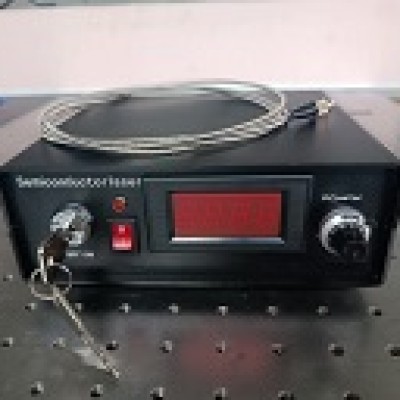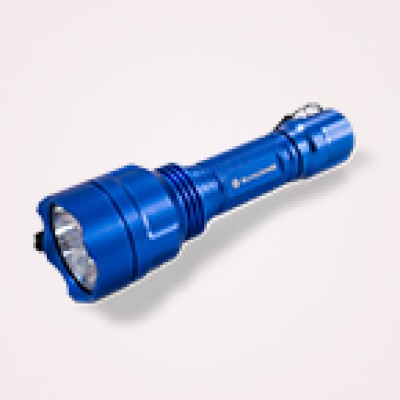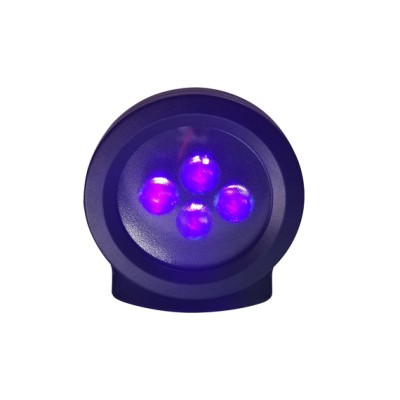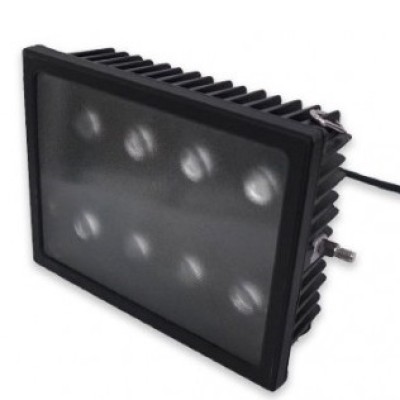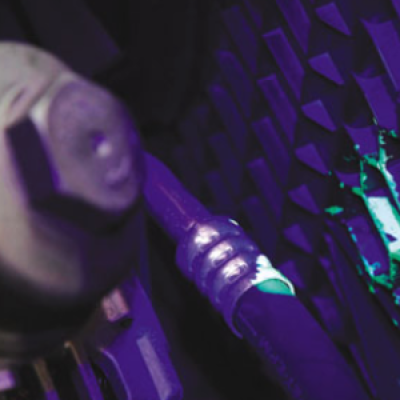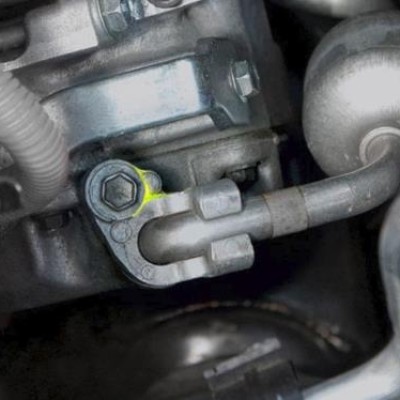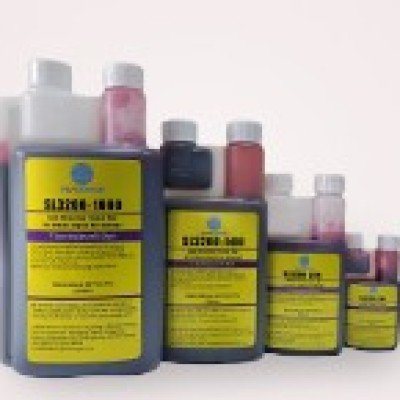Introduction

Thanks to plenty of innovations, they have generated a driving force in today’s development. One of the typical instances is forensic light source. It is primarily designed to be adopted in the investigation of crime scenes to strengthen the observation of the environment and collection of evidence, which may consist of fingerprints and body fluids. With continuous advancement, its usage has been extended to laboratory works and authentication of artworks and documents. Considering its enormous sensitivity and accuracy, the quality of detection has been significantly raised. Consequently, it has served as a commonly utilized tool in diverse industries.
Operation of Forensic Light Source
A forensic light source is a combination of several powerful lights, including the ultra-violet, visible and infrared components of light. It will filter the light into separated color bands with different individual wavelengths. It can then enable the visualization of evidence through multiple light interaction techniques, particularly, fluorescence allows the evidence to glow, absorption darkens the evidence, and oblique light is usually applied in the detection of evidence in tiny size, containing hair and skin. With a great number of light sources equipped, investigators can choose the most suitable color according to the environment and types of evidence to be collected to optimize the performance under varying circumstances. Comparing with the traditional investigation method, namely black powder dusting and lifting, forensic light source can critically increase the sensitivity for approximately 10 to 100 times, which obviously improves the observation procedure.
Benefits of Forensic Light Source

i. Larger range of surfaces applied
In the past, dusting and lifting of fingerprints could not be utilized on various surfaces, for instance, plastic bags, aluminum foil and wood. Plentiful sound evidence had to be ignored, which greatly harmed the reliability of decision concluded during the investigation process. Fortunately, the creation of forensic light source has eliminated the limitation of surfaces to be examined, contributing to an uplifting amount of evidence revealed.
ii. Reduction in time for investigations
With forensic light source, the investigators can narrow down the certain locations that carry stains or DNA within a few seconds though scanning. Specifically, the area with body fluids will glow immediately under UV light. Despite that blood, which is a commonly seen component in a crime scene or experiment, cannot be highlighted in the visible range of light, scientists have discovered that a certain color band with a different wavelength from the UV light can enhance its contrast by 4 times, thereby, it has become the most effective and efficient measure in visualizing the blood prints.
iii. Larger range of evidence collected
On the grounds that investigators used to experience the difficulty in collecting evidence on victims’ bodies, for example, bruises, bite marks and wounds due to their unclear shape and color, these types of information would be overseen. However, forensic light source enhances the skin penetration, allowing them to obtain detailed information of the pattern of injuries. Additionally, it can maximize the visualization of evidence that cannot be identified by human eyes, containing hair and skin pieces. Therefore, the development of forensic light source critically expands the exploration of evidence with insignificant size and shape.
iv. Portable size of instruments
Since investigators are required to conduct identification in any environment, a tool with portable size is a vital factor for them to choose between a number of alternatives. In spite of its smaller size relatively to other analytical equipment, forensic light source delivers infinite light intensity and high power-to-weight ratio, which greatly enhance the convenience and flexibility of the procedure.
Conclusion

Given that forensic light source allows detection of loads of substances and provides precise identification of evidence, it has drastically uplifted the effectiveness and efficiency of investigation and analysis. As a consequence, the Federal Bureau of Investigation suggested that the forensic light source should act as the preliminary procedure to reveal biologically related evidence in advance of any other analytical methods. Furthermore, through rapid improvement of its development, the model has been substantially upgraded. In particular, it has been equipped with a surging number of colors and multiple sizes for diverse conditions and requirements to streamline the process. Apparently, forensic light source has generated a revolutionary change to extensive sectors.
 CN
CN

